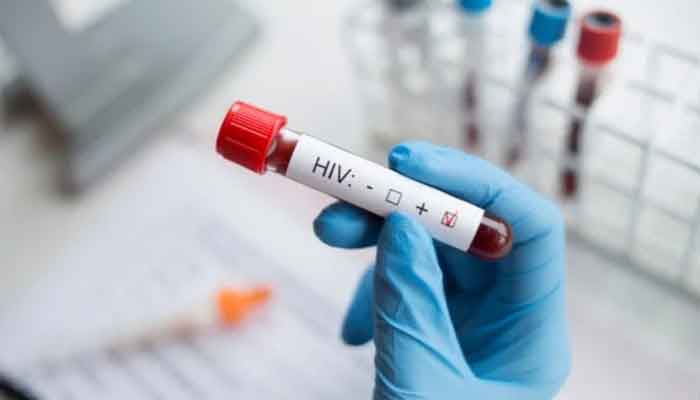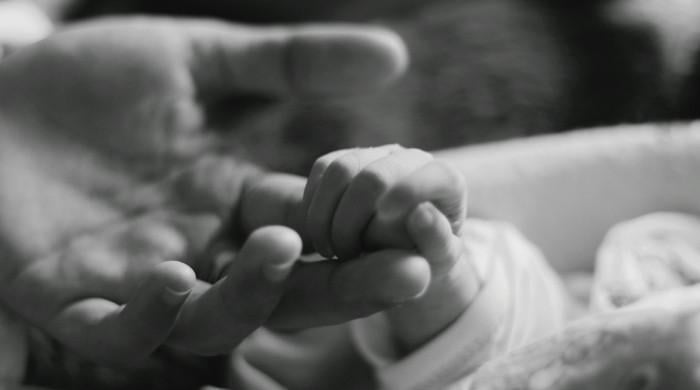Mirpurkhas becomes Sindh's new HIV hotspot with 150 cases in 2024
District now accounts for over 26% of 568 paediatric HIV cases reported in Sindh last year
February 19, 2025

Sindh's Mirpurkhas district is rapidly emerging as "another Larkana" in terms of rising human immunodeficiency viruses (HIV) cases among children, with 150 children testing positive for the virus in 2024 alone, official data revealed on Tuesday.
The district now accounts for over 26% of the 568 paediatric HIV cases reported in Sindh last year, raising concerns over an escalating health crisis in the region as on average 48 children were testing positive for HIV every month in the province.
According to the latest figures compiled by Sindh’s health authorities, a total of 568 children were diagnosed with HIV across the province in 2024, including 78 boys and 72 girls from Mirpurkhas alone.
Other districts with high paediatric HIV cases include Larkana, where 52 boys and 35 girls tested positive, Shikarpur (27 boys and 19 girls), Hyderabad (36 boys and 25 girls), and Jacobabad (23 boys and 15 girls).
Sindh, which remains the second most HIV-affected province in Pakistan, reported 3,446 new HIV cases last year. These included 1,811 men, 813 women, 254 transgender persons, and 568 children. On average, 287 new HIV cases were reported every month in Sindh in 2024, including 48 children diagnosed monthly.
Infectious diseases experts blame poor Infection Prevention and Control (IPC) for the rising incidence of HIV among children, citing the reuse of syringes and IV drips by quacks and even some registered medical practitioners in rural Sindh as the major cause of transmission.
“When we test parents of these children, most of the time, they test negative, while in many cases, even other siblings of these HIV-positive children test negative for the virus. This indicates that poor IPC and unsafe injection practices are the leading cause of HIV transmission among children,” said Dr Faisal Mehmood, head of the infectious diseases department at the Aga Khan University Hospital.
Karachi remains the worst-affected urban centre, reporting 969 new HIV cases in 2024. District-wise, Karachi South recorded the highest number of cases (184), followed by Malir (164), Central (157), East (151), Korangi (134), West (112), and Keamari (67).
Health experts believe the rising number of paediatric HIV cases in Mirpurkhas is reminiscent of the 2019 Larkana outbreak, where hundreds of children were infected due to unsafe medical practices, particularly the reuse of syringes by quack doctors.
The situation in Mirpurkhas suggests that similar unsafe practices, coupled with a lack of awareness and inadequate screening protocols, are fuelling the spread of HIV among children.
Experts warn that if immediate preventive measures are not implemented, Mirpurkhas could soon face an outbreak similar to Larkana, where over 900 children were diagnosed with HIV in a short span of time.
The province continues to struggle with unsafe injections, unregulated blood transfusions, and poor infection control measures, particularly in rural and underserved areas.
Public health officials are calling for a multi-pronged response to control the spread of HIV in Sindh, particularly in Mirpurkhas. They emphasise the need for widespread screening services, especially in high-prevalence districts, to identify cases early and prevent further transmission.
Stricter regulations on medical practices are required to crack down on unlicensed practitioners and ensure that healthcare facilities follow infection prevention protocols.











